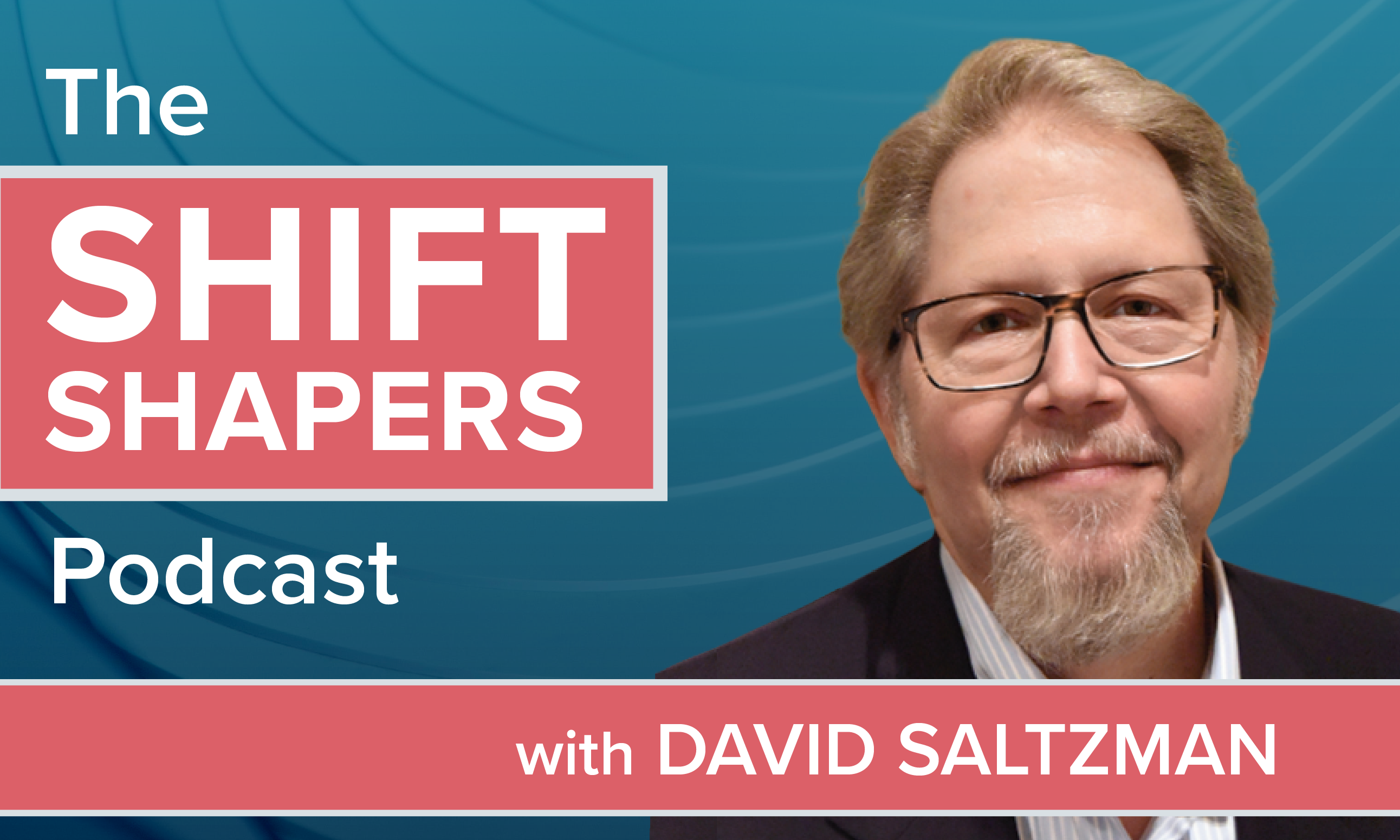 Now thatthe pandemic has irrevocably changed the dynamics of corporateculture and collective workspaces, large in-person events likebenefit fairs won't be on the table for most employers this year.How will you help your clients engage employees when it comes toinforming them about their annual benefit options? Withoutin-person meetings, what's the next best thing to being there?
Now thatthe pandemic has irrevocably changed the dynamics of corporateculture and collective workspaces, large in-person events likebenefit fairs won't be on the table for most employers this year.How will you help your clients engage employees when it comes toinforming them about their annual benefit options? Withoutin-person meetings, what's the next best thing to being there?
As companies add these questions to their growing list of workforce challenges, you havean opportunity to provide options and insights to help clientstransition seamlessly to online events without compromising theemployee experience.
|Clients face a one-two punch
Understandably, employers are reeling from a one-two punch theycould have never anticipated just a few months ago: Their focus andresources have been largely diverted toward helping employees workthrough the employment uncertainty and personal anxiety caused bythe pandemic and social justice concerns. Now companies areexpected to pivot and hold a business-as-usual open enrollment inan environment that's drastically different than anything before –addressing changing audience needs and requiring different deliveryplatforms.
|As Steven Griffin, President of Gallagher Enrollment Solutions(GES) puts it, "Those groups who typically relied on in-personcommunal gatherings to bring awareness to their teams regardingbenefit education and enrollment processes are struggling toconnect with their associates. The end result is ananxious workforce."
|In addition, employers I've talked to say that in many ways,they are trying to limit the degree of change to their employeebenefits, as employees have already experienced a significantamount of upheaval in a just matter of months.
|Related: 2020 open enrollment: Unchartedterritory
|With the support of their broker/consulting partners, employerclients are also how best to approach benefit fairs to ensureemployee participation allows for the right balance of awarenessand education with management of wallet share across benefitofferings. It's left them asking, "How are you going tohelp us solve for this? And what are your recommendations for avirtual benefit fair?"
|Griffin adds, "This is pushing groups to think "outside the box"and explore alternate means of benefit education and enrollmentsupport that historically would not have been a consideration. Suchstrategies include telephonic engagement, one-on-one onsiteinteractions and/or the introduction of virtual typeengagement."
|The lasting impact of the pandemic will also likely remove ormodify the way employers use benefit fairs to communicate newbenefits, work with carrier/providers, and stress the importance ofcertain areas of their annual benefit strategy, such as financial wellness.
|As a result, a key challenge to this year's open enrollment willbe helping employees obtain the right amount of informationregarding their benefit options to ensure that decisions to enrollwere based on need for coverage today or insurance for theunexpected.
|3 steps to redefine the benefit fairconcept
Whether it's out of sheer necessity or the genesis of newopportunities, now's the time to redefine the entire fair conceptfor your clients. First, employers are already looking foralternate ways to deliver benefit information to employees. Second,with more and more employees working virtually, youhave a growing "captive audience" who are now well-attuned toreceiving information online.
|Here are three steps to help you transition to more of anon-demand, just-in-time format to deliver this benefitinformation.
|Step 1: Partner with your providers/carriers.Talk to providers and carriers to see what tools they have at theirdisposal and what capabilities they can offer. For example, do yourcarriers have an existing benefits website or webconferencing service (like Microsoft® Teams or Zoom) that employeescan access? This will help you be on the same page when offeringsolutions to your clients. Look for programs and platforms that areeasy to promote and manage, effectively capture attendee data, andoffer a personalized experience regardless of candidates' physicallocation.
|Step 2: Determine what kind of experience clients arelooking to create. Keep in mind that shifting fromin-person events to a virtual setting can be intimidating oroverwhelming, especially to employers that don't have a virtualplatform already in place or a team of people to create orintegrate a new platform. On the other hand, other companies willknow exactly what they are looking for and have specific ideasabout what they'd like to do. Remain open to possibilities, askquestions, and determine their communication needs sooner ratherthan later. But be realistic about the execution timeline. Forexample, if a client wants to provide a webinar that's availableon-demand along with live Q&A sessions with providers, it willbe much easier to produce and coordinate with all the players withadequate lead-time.
|Step 3: Recommend or provide solutions that best suittheir organization. Flexibility and creativity are keyhere. You can look at tools and channels ranging from virtualbooths and webcast streams to webinars and Q&A sessions tocreate awareness and empower employees to make informed decisions.Think about your clients' audiences and their communicationpreferences. Are their employee's tech-savvy? Do they have anytimeaccess to a benefits portal? Are they OK with emails or do theyprefer personal one-on-one conversations? Consider how the channelsyou choose will fit into your audiences' lives and how theexperience will likely resonate with them.
|Opportunity arises out of the chaos
|When going virtual, help clients to focus on the potential forand the positives of a virtual format rather than dwelling on theopportunities lost compared with traditional in-person events.Consider that today's in-person benefit fairs require employees to"lock in" to a certain day, time and location where they need to bein order to get the benefit and enrollment information they'relooking for.
|While some brokers typically employ on-site enrollers to meetwith people in conference rooms on a one-on-one basis and help themwork through their benefit selections, in a virtual format you arestill able to communicate benefits and drive participationface-to-face and interact in real time – it's just delivered alittle differently. Employees can get the information they need,when they need it, and in a format that's convenient for them.
|Griffin notes how current and new clients are empowered andenthused about how external enrollment resources can lessen theburden on their team(s) while ensuring their employees have apositive and informative enrollment experience. "Employer groupsappreciate how we are able to have meaningful interactions withtheir employees which, in the end, reflects positively on theemployer group.
|Also read: Alternate reality: Brokers prepare for a new era ofbusiness
|He adds, "Organizations are able to provide a multitude ofenrollment solutions customized to meet client needs and tailoredspecifically to the challenges imposed by the pandemic at little tono expense to the client."
|This is just one of several examples of how you can create humaninteraction in a virtual world, and it's your opportunity to createan experience that could replace – and even surpass – thecapabilities and results a traditional benefit fair typicallydelivers.
|Dennis Healy is a member of the ARAG® executiveteam. He has nearly 30 years of insurance industryexperience, with a primary focus on the sale of group voluntarybenefit products to employer groups of all sizes through the brokerand consultant community.
Complete your profile to continue reading and get FREE access to BenefitsPRO, part of your ALM digital membership.
Your access to unlimited BenefitsPRO content isn’t changing.
Once you are an ALM digital member, you’ll receive:
- Critical BenefitsPRO information including cutting edge post-reform success strategies, access to educational webcasts and videos, resources from industry leaders, and informative Newsletters.
- Exclusive discounts on ALM, BenefitsPRO magazine and BenefitsPRO.com events
- Access to other award-winning ALM websites including ThinkAdvisor.com and Law.com
Already have an account? Sign In
© 2024 ALM Global, LLC, All Rights Reserved. Request academic re-use from www.copyright.com. All other uses, submit a request to [email protected]. For more information visit Asset & Logo Licensing.







